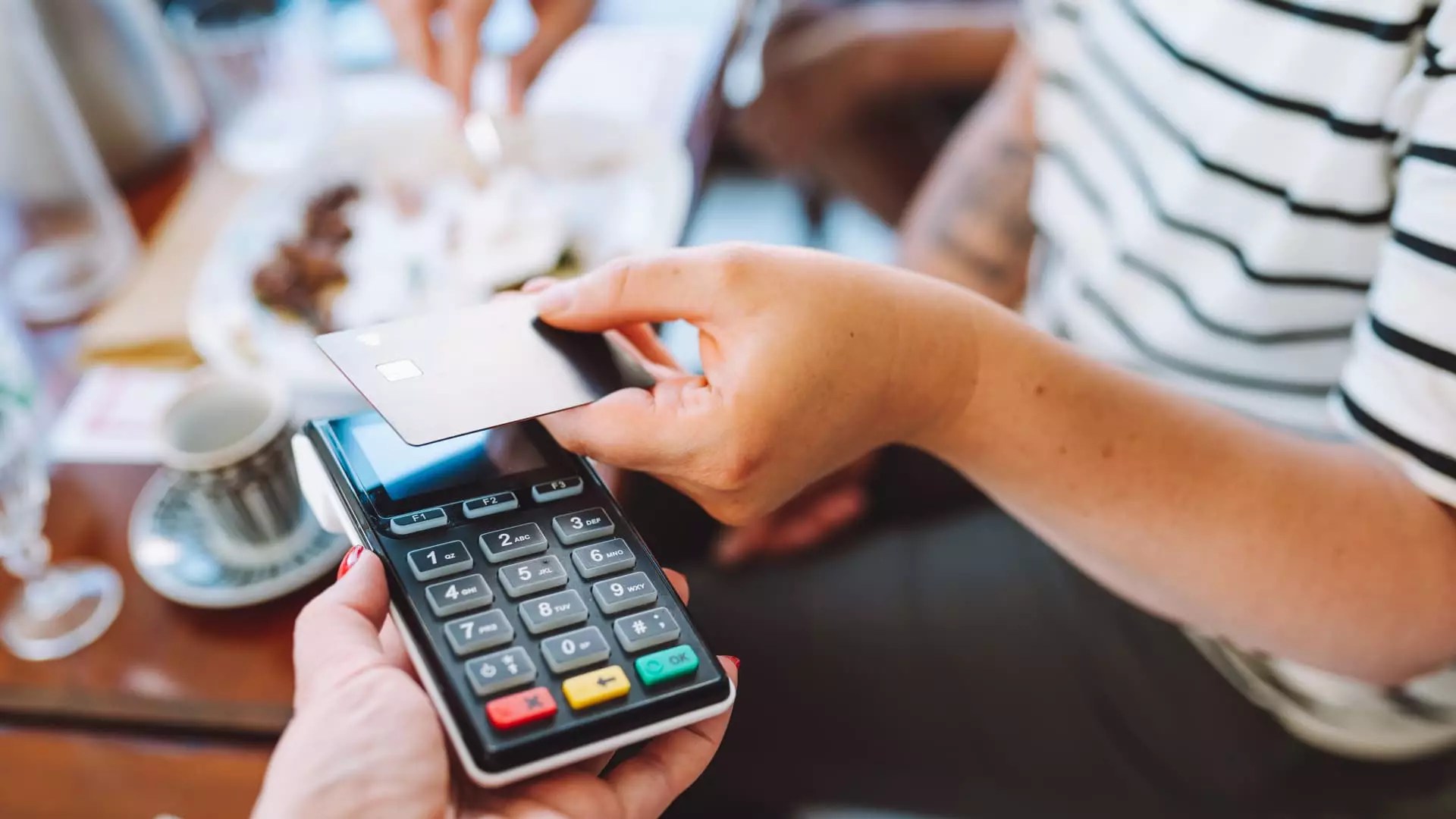In today’s fast-paced consumer culture, credit cards have become indispensable tools for managing finances. Yet, with this convenience comes the temptation to engage in risky behavior known as “credit cycling.” This term refers to the practice of maxing out credit limits and subsequently paying off the balance rapidly to free up available credit for additional spending. On the surface, this may seem like a clever financial maneuver—akin to pushing the limits of a race car. However, beneath this flashy exterior lies a myriad of hidden dangers that can jeopardize one’s financial health.
The allure of credit cycling often stems from the immediate gratification it affords. Many consumers find themselves drawn to the prospect of affording big-ticket items—think vacations or home repairs—while still benefiting from credit card rewards. In a culture where instant pleasure seems paramount, who wouldn’t want to maximize their purchasing power? Yet, this short-term thinking could lead to long-term credit ramifications that weigh heavily on one’s financial reputation.
Potential Risks of Credit Cycling
One of the more urgent risks associated with credit cycling is the negative impact on a person’s credit score. Credit bureaus assess how much of your available credit you’re utilizing, known as credit utilization. Ideally, individuals should strive to keep this rate below 30%, or even below 10% to bolster their creditworthiness. Unfortunately, credit cycling often drives this metric dangerously high.
Moreover, credit card issuers are not oblivious to this behavior. Frequent cycling can raise red flags, leading organizations to scrutinize the account owner’s financial stability. This scrutiny may result in cancelled cards or lost rewards—a devastating blow to someone who relies on credit for rewards programs. It turns what could have been a rewarding financial tool into an impediment to future spending.
The Impact of Misusing Credit Cards
It’s essential to recognize that card issuers equate volatile credit practices with potential fraud or financial distress. They may interpret repetitive instances of maxed-out cards and rapid payoffs as indicators of irresponsible spending or even risky financial behavior. To the dismay of many, this could trigger investigations into account activity. Instead of enjoying the benefits of expansive credit, users may find their accounts frozen or closed altogether.
The inherent problem with credit cycling lies in its cyclical nature. Once an individual establishes a pattern of cycling through credit, breaking the cycle can quickly become daunting. The subconscious reasoning—”I can always pay it off later”—creates a dangerous mindset. This leads to a reliance on borrowed money instead of prudent financial practices.
Alternatives to Credit Cycling
Fortunately, there are alternative strategies that can offer consumers financial flexibility while minimizing risk. Increasing one’s credit limit by communicating with the credit card issuer or opening additional accounts allows for more spacious credit utilization without creating the pitfalls associated with cycling. By diversifying their credit portfolio, consumers can safeguard themselves against credit score fluctuations created by high utilization.
Another effective strategy involves adopting a proactive payment schedule. Rather than waiting for the cycle’s end to make monthly payments, consider making payments throughout the month. This method not only reduces the outstanding balance reported to the credit bureaus but also cultivates healthier financial habits. By adjusting payment dates and continuously monitoring one’s spending, consumers can seize control of their credit, ensuring it serves them rather than enslaving them.
The Illusion of Freedom
The idea that credit cycling offers immediate financial freedom is an illusion. While it may present a temporary escape from tight budgets, the underlying risks far overshadow the passing thrill of excessive spending. Ultimately, this behavior can create a cycle of debt and reliance that curtails one’s financial independence.
It’s all too easy to equate credit cards with an abundance of freedom, yet true financial stability is cultivated through responsible practices. The misconception that credit should operate like a bottomless pit must be dispelled, and consumers need to be educated on the potentially debilitating repercussions of their choices.
In a world driven by consumerism, understanding the perils of credit cycling can protect your financial future. By prioritizing moderation and consistently adopting responsible spending habits, individuals can foster a secure financial standing that withstands the economic pressures of contemporary living. It may be less thrilling than cycling through credit limits, but the long-term rewards are far more satisfying.

